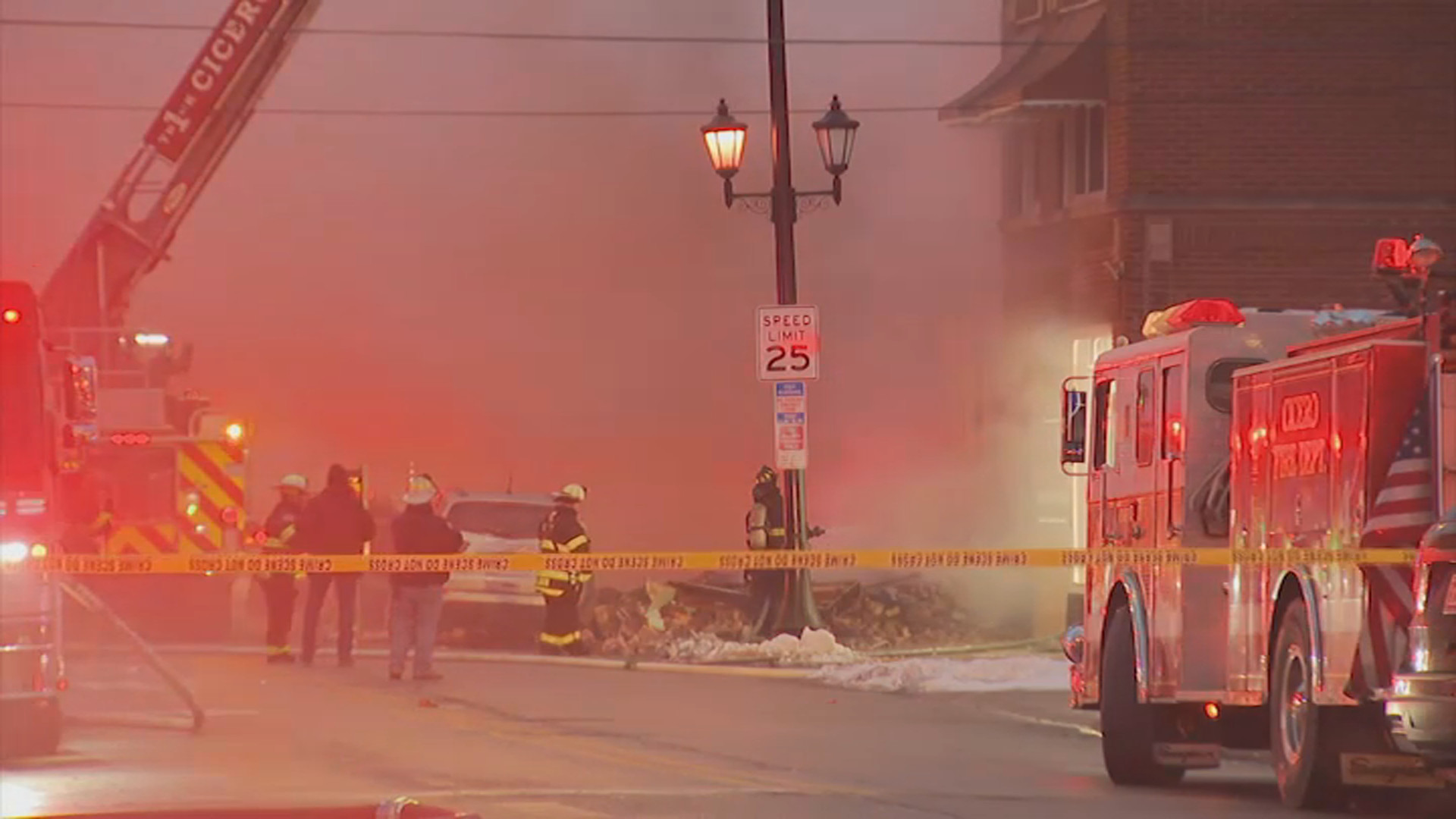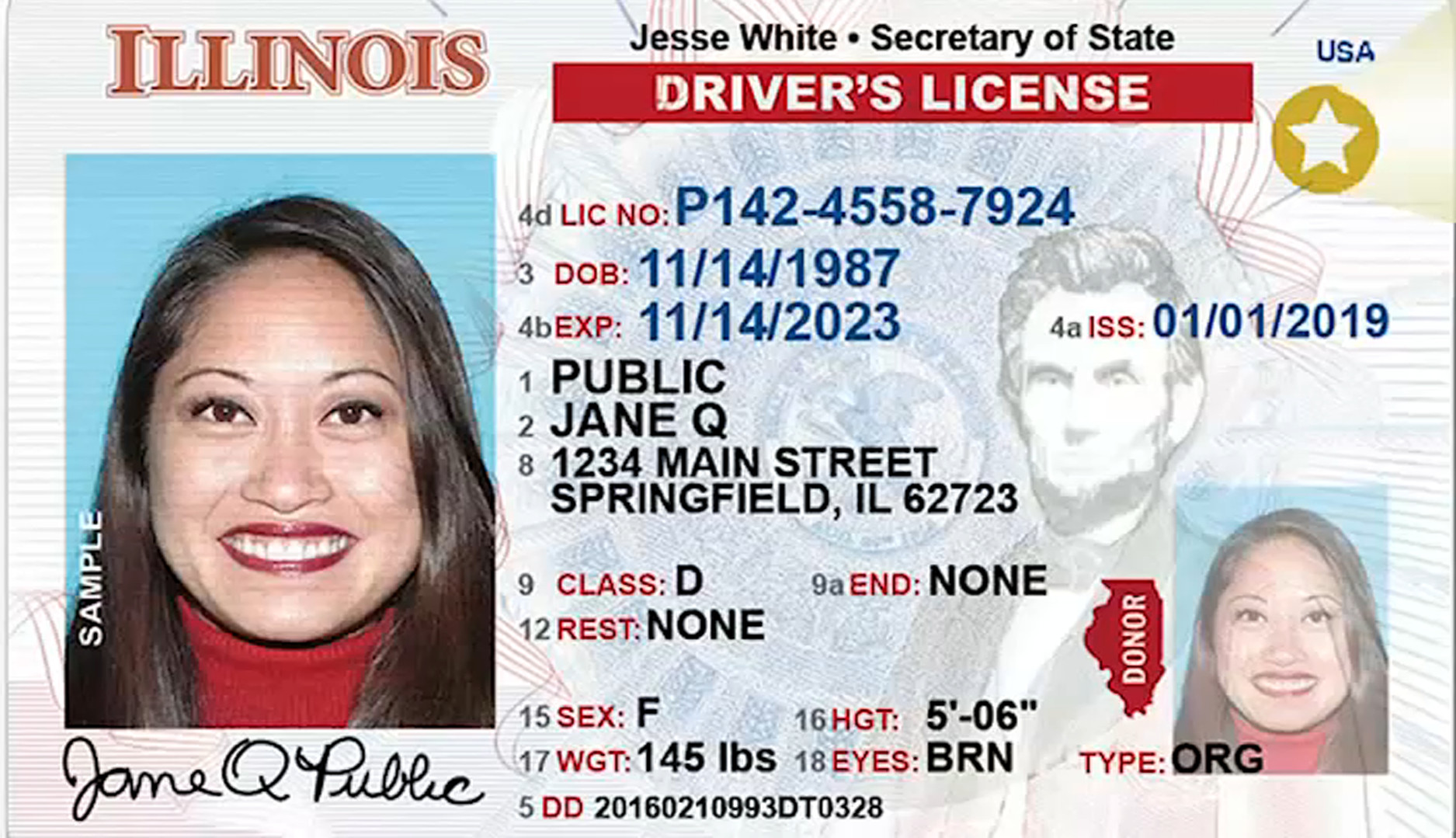It has been fourteen years since a devastating fire swept through the Cook County Administration Building at 69 West Washington Street, a tragedy that claimed six lives. In the aftermath of this event, reforms were promised and enacted, yet a close examination reveals a concerning lack of enforcement. Despite what many consider a lenient city ordinance and numerous deadline extensions, buildings across Chicago continue to operate without full compliance, raising questions about the city’s commitment to fire safety.
Even more concerning is the fact that in at least one highly visible instance, the City of Chicago itself has failed to meet its own safety deadlines, setting a questionable example for private building owners.
The fire, which occurred in October 2003 at the building located at 69 West Washington Street, was attributed to a simple faulty light fixture on the 12th floor. The consequences, however, were far from simple. Six individuals perished, trapped with over a dozen other employees in a smoke-filled stairwell. Tragically, they remained undiscovered for a harrowing 90 minutes after the initial fire alarm.
The ensuing state investigation delivered a stark conclusion: a single sprinkler system could likely have extinguished the fire in its early stages, preventing the catastrophe entirely. James Lee Witt, the former FEMA director who headed the investigation, emphasized the critical need for sprinkler systems in all Chicago high-rise buildings, stating, “The thing of it is, if we don’t start today, then it will never get done.”
 Exterior view of a building
Exterior view of a building
Fourteen years later, Witt’s urgent call to action remains partially unheeded. While cities like Boston, Houston, and San Francisco mandated sprinkler upgrades in all high-rises, Chicago adopted a more lenient approach. Commercial buildings in Chicago were indeed required to retrofit with sprinklers, but residential high-rises were offered an alternative: “Life Safety Evaluations.” These evaluations allowed for alternative upgrades such as self-closing doors, two-way communication systems on all floors, and elevators programmed to automatically return to building lobbies during fire emergencies.
These alternative upgrades, while beneficial, are often complex and expensive to implement. Despite the city granting numerous deadline extensions, a significant number of Chicago buildings have still not achieved full compliance with these mandated safety measures.
Among the 731 residential high-rise buildings obligated to implement upgrades, records indicate that 510 have achieved full compliance. A further 86 opted for full sprinkler system installation, while a worrying 81 buildings are currently facing active court cases related to non-compliance. Another 37 buildings have final inspections scheduled within the current year, suggesting progress, but also highlighting the protracted timeline.
However, a critical point remains unaddressed: the City of Chicago has not cited a single instance where penalties have been levied against building owners for failing to comply with these life-saving codes. This lack of punitive action raises questions about the effectiveness of the city’s enforcement strategy.
Judith Freydland, the Chicago Building Commissioner, offered an explanation to NBC5 Investigates, stating, “You have to understand, that the reason why they kept giving extensions and why it took so long, is this is not an easy thing to accomplish in a lot of older buildings. If we have to babysit them to comply we’re going to do that. We want people to comply and be safe!”
Freydland defended her office’s approach, arguing that prioritizing compliance over penalties is ultimately more effective in achieving the desired safety outcomes. “You can’t just go in on the first court date and ask for a fine,” she stated. “The reason we did this is to help public safety and that’s what we’re getting. We’re getting better and safer buildings.”
To illustrate the efforts being made, Freydland pointed to substantial investments made by some buildings in alternative safety measures. A visit to a 43-story building on North Lake Shore Drive, housing over 600 units, revealed a comprehensive and costly installation of two-way communication systems, advanced alarm systems, and apartment doors specifically designed to withstand fire for a minimum of two hours. “This is not just a matter of writing a check,” Freydland emphasized, highlighting the complexity and cost of retrofitting older buildings. “These are not easy fixes on older buildings.”
 Real ID card example
Real ID card example
However, while progress in residential buildings crawls forward, the City of Chicago itself acknowledges a significant lapse in commercial building compliance. In response to an open records request from NBC5 Investigates, the city admitted that at least 20 commercial buildings, including the prominent 121 N. LaSalle Street – Chicago City Hall – failed to meet the January 1st deadline for full sprinkler system installation.
The Chicago Office of Fleet and Facility Management issued a statement explaining the delay at City Hall, citing, “The City has been diligently working to complete the sprinkler system installation in City Hall as well as the installation of important fire safety features. The schedule was impacted by the need to minimize the impact to the public serving departments and operations.” A spokesman further indicated that sprinkler installation is partially complete, with seven floors finished and the remaining sections of City Hall expected to be completed later in the year.
Despite acknowledging the delays, Freydland maintained a firm stance on commercial building compliance, stating, “While arguing that ‘a sprinkler is not a magic wand,’ Freydland said her office will aggressively pursue any of the commercial buildings who are deemed to be flauting the law. They’re going to be sent to circuit court. We’re in the process of working on fire and law now.”
Echoing this sentiment, Fire Department spokesman Larry Langford emphasized that the majority of commercial high-rises have met the sprinkler deadline. “There is a small number of buildings in various stages of meeting City requirements,” Langford stated. “The Chicago Fire Department is working proactively to bring any remaining buildings into compliance.”
While city officials express optimism about ongoing progress, the fourteen-year shadow of the 69 West Washington Street fire serves as a stark reminder of the critical importance of fire safety. The slow pace of compliance and the lack of penalties raise concerns about whether Chicago is truly prioritizing the safety of its residents and workers, or merely extending deadlines and offering reassurances. The question remains: will true, comprehensive fire safety become a reality in Chicago’s high-rises, or will it continue to be a work in progress, perpetually just around the corner?

